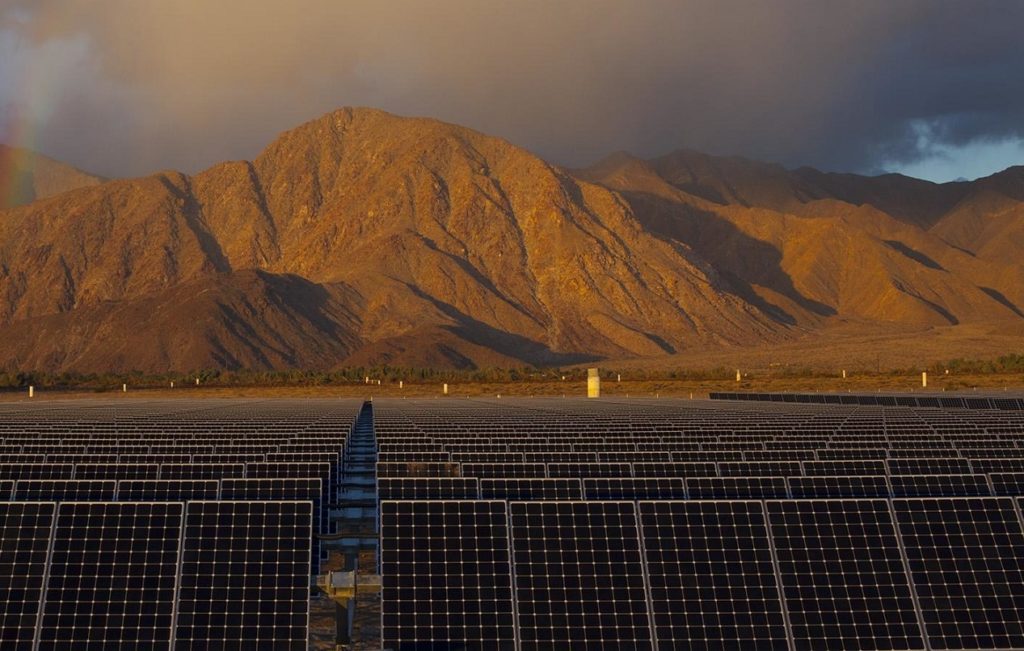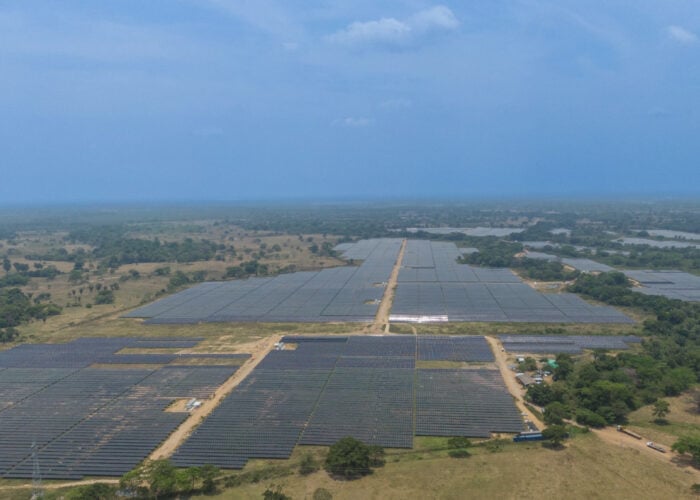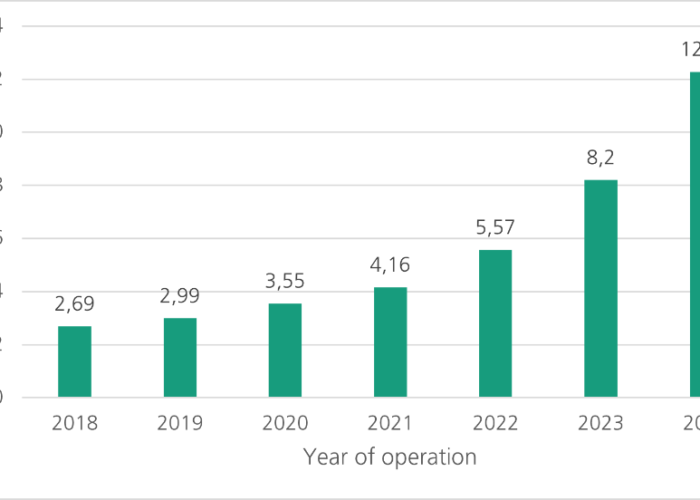
Renewable capacity additions in California mean the curtailment of solar generation in the state is increasing, according to the US Energy Information Administration (EIA).
The California Independent System Operator (CAISO) region, the part of the grid that covers most of the state, curtailed 1.5 million MWh of utility-scale solar last year, or 5% of its total utility-scale solar production, the EIA said. In 2020, solar curtailments accounted for 94% of the total energy curtailed in CAISO.
Try Premium for just $1
- Full premium access for the first month at only $1
- Converts to an annual rate after 30 days unless cancelled
- Cancel anytime during the trial period
Premium Benefits
- Expert industry analysis and interviews
- Digital access to PV Tech Power journal
- Exclusive event discounts
Or get the full Premium subscription right away
Or continue reading this article for free
Curtailment tends to be higher during spring when solar output is high and electricity demand drops due to moderate temperatures decreasing demand for heating and air conditioning. For example, in the early afternoon hours of March 2021, CAISO curtailed an average of 15% of its utility-scale PV output.
The EIA said spikes in solar curtailments have followed an increase in new renewables additions. California continued to be the leading US state for solar deployment last year, installing an additional 3.9GW, according to the Solar Energy Industries Association (SEIA) and analysts Wood Mackenzie.
Meanwhile, PV systems sited at households or businesses are further decreasing the need for CAISO-operated generation, leading to more solar curtailments. This could be further impacted by proposed rules that would require new commercial buildings in the state be equipped with solar and battery storage.
To help meet California’s target of 50% renewables generation by 2025, CAISO plans to add an additional 1.6GW of utility-scale solar and 400MW of onshore wind capacity this year, according to the EIA.
Among the solutions that CAISO is exploring to limit curtailment is an increase in deployment of battery storage systems, which can be charged at times when excess solar generation may be curtailed. This year, CAISO is expecting to add 2.5GW of battery storage capacity.
The EIA said hydrogen-based energy storage could also help reduce solar curtailments, with surplus renewable electricity stored for later use.
Another option is CAISO’s Energy Imbalance Market, a real-time market that allows participants outside of the system operator’s region to buy and sell energy to balance demand and supply. In 2020, 16% of total possible curtailments were avoided by trade within the EIM.
Among the other solutions considered by CAISO is increasing demand response, which would adjust consumer demand when warranted, and encouraging time-of-use rates to better match consumer prices with real-time energy prices.
The curtailment insight from EIA follows the recent publication of research that suggests falling solar wholesale prices in California mean subsidies could be needed to sustain the cost-effective deployment of PV in the next 30 years. The report from research centre the Breakthrough Institute found that falling daytime prices reduce the incentive for installing additional solar, while increased daytime curtailment reduces the benefits of currently installed solar generation.






